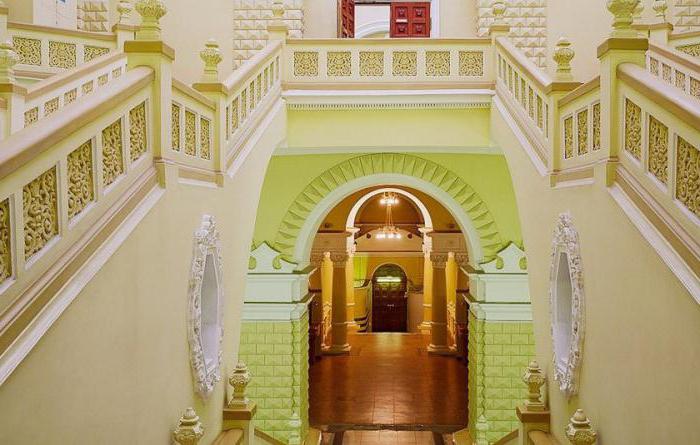Pseudo-Russian style is an architectural trend in Russia in the 19-20 centuries. The predominant elements here are the traditions of architecture and folk art. It includes several subgroups, including Russian-Byzantine and neo-Russian directions.
In the pseudo-Russian style, there are many elements borrowed from European architecture and culture. We can say that only creative motives are national here. That is why the style has such a name.
Occurrence
In the middle of the 19th century, when the fashion for national motifs and trends began, many artists and architects of Russia decided to create a certain “alloy” of old folk forms, but not sacrifice modern (for that period) achievements. So there is a pseudo-Russian style. It is intended to revive the folk art of Russia, to use it not only in small toys, craft activities or, for example, furniture, but also in larger projects.
In fact, the pseudo-Russian style as such does not exist. This name is conditional. It combines several currents, sometimes with conflicting motives. Therefore, today there is some confusion when architects combine two completely different in their forms, lines and decor of the building into one pseudo-Russian style.
The most important difference is stylization. The pseudo-Russian style is so flexible that it can be combined with other architectural trends, including modern and romanticism.
Development
Pseudo-Russian style includes several movements. They appeared as it developed:
- Russian-Byzantine. Originating in the 1830s, this style was widely practiced in the construction of religious Christian buildings (Cathedral of Christ the Savior, Ascension Cathedral, Grand Kremlin Palace).
- Romanticism and Slavophilism. In fact, the style that appeared a little later than the previous one has no name. But it was influenced by the listed architectural trends. A striking example is the Pogodinsky hut.
- Ropetovschina. The direction appeared in the 1870s, it is oversaturated with folk culture and peasant architecture (Terem, Mamontov Printing House). It is this trend that has become widespread due to the propaganda of the famous critic Stasov.
- Official. Pot-bellied columns, frescoes with a national ornament, low ceilings in the form of arches - all these are characteristic features of the direction. Here, preference is also given to traditions and folk art. Examples - Upper shopping arcade, the building of the Historical Museum.
- Neo-Russian. It appears at the beginning of the 20th century. Architects are inclined to monumental simplicity, therefore they combine elements of ancient monuments and traditions of northern architecture. Many people notice a resemblance to modernity (Church of the Holy Savior).

Recently, historians have been separating the Neo-Russian style from the pseudo-Russian style, considering it as an independent architectural trend. But there remained those who unite them. Pseudo-Russian style buildings are widespread throughout the country, including its most remote regions.
Appearance features
As in any other country, Russia had a period of borrowing. Various motifs and trends were adopted from Europe, the eastern states and the West. And the time has come for a lack of national elements. Therefore, the pseudo-Russian style in Russia, as well as its appearance, can be considered natural.
Features of this architectural direction are largely. The predominant colors are beige, white and red.
One can also note the style’s ability to merge. There were no clear distinctions. It was easily combined with many other styles, for example Gothic, pseudo-Gothic or modern.
Character traits
Pseudo-Russian style in architecture has its own differences, according to which it is determined. Characteristic features can be viewed in the table.
| Items | Characteristic |
| Roofs | Tall, hipped, with two slopes |
| Lines | Strict vertical and horizontal, occasionally complemented by smooth bends |
| The form | Many different volumes |
| Doors | They are framed by columns expanding towards the center and tapering at the base; decorated with a canopy |
| Window | Small but frequent; rectangular shapes predominate, sometimes rounded up; decorated with hanging weights |
Very often during construction, roof decor was used in the form of a spinning cock or flag.
Many buildings in Russia that have reached the present, are suitable for the description and characteristic features of the pseudo-Russian style.
Conclusion
At the beginning of the 20th century, the pseudo-Russian style and craving for appropriate construction gradually began to fade. The facades of many buildings with all the turrets, a high roof, frequent small windows are no longer suitable for the architectural and administrative purposes of buildings.
For example, the Great Halls in the Duma, erected during the reign of the direction, are already being built using new advances both in architecture and in technology (the use of equipment, large machines). The needs of modern buildings do not match the pseudo-Russian style. The architecture assignments are being updated. And the style is a thing of the past, leaving behind many monuments and unique buildings.